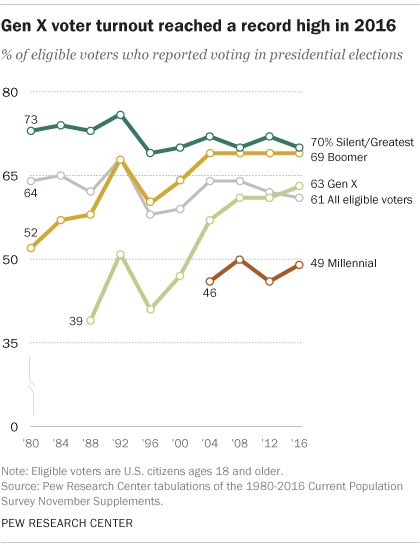As demand for college-educated workers increased during the late 1980s and 1990s, however, college enrollments rose dramatically and the free system began to strain at the seams. Government funding failed to keep up, and institutional resources per full-time equivalent student declined by over 25 percent in real terms between 1987 and 1994.[6] In 1994, the government imposed explicit limits on the numbers of state-supported students each university could enroll. Despite these controls, per-student resources continued to fall throughout the 1990s. By 1998, funding had fallen to about half the level of per-student investment that the system had provided in the 1970s.
In addition, even as enrollments rose overall, low-income students fell further and further behind despite the zero price tag. Figure 1 shows that the gap in degree attainment between high- and low-income families more than doubled during this period, from 14 to 37 percentage points[7] (note that in the highly structured English curriculum, enrollment and completion are almost the same thing, in contrast to the U.S.[8]).
To summarize, one of the main challenges of the free college era in England was insufficient funding to support the massification of higher education. As competition for spots increased, it appeared that the free college tuition subsidy was increasingly going to those from the richest backgrounds.



